The U.S. Department of Energy launched the first American-Made Challenge in 2018 to attract more diverse American innovators and accelerate commercialization of clean energy technologies.
Office of Energy Efficiency & Renewable Energy
September 18, 2023Part 3: Ingenuity Unleashed
After years of experimenting with possibilities, the U.S. Department of Energy (DOE) launched the first American-Made Challenge (AMC), the American-Made Solar Prize, in 2018. This competition gave solar startups cash payouts for demonstrated progress, aiming to attract more diverse American innovators and accelerate commercialization of clean energy technologies. It worked.
Five years later, in 2023, DOE’s innovation-inspiring program has awarded and allocated more than $200 million in funding and technical support to upwards of 550 teams through 60-plus prizes across 20 DOE offices. And the successes are mounting.
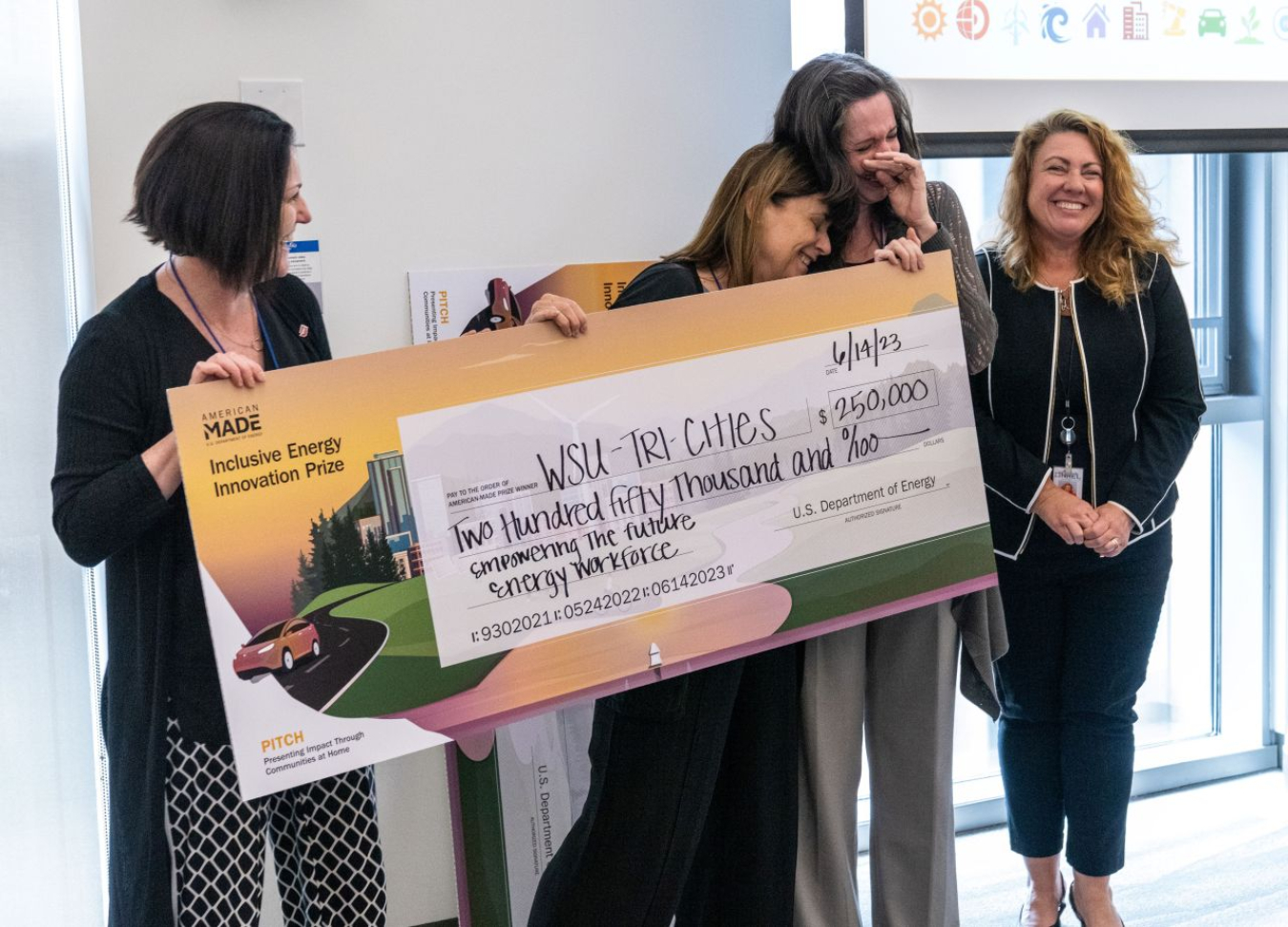
The teams competing in the second phase of the inaugural inclusive Energy Innovation Prize, which has evolved into the new Community Energy Innovation Prize, have been hard at work engaging disadvantaged communities in the clean energy transition.
Take, for example, the cost-effective robotic vacuum-cleaning and air-sealing system for hard-to-reach spaces that resulted from the American-Made Buildings Prize: Envelope Retrofit Opportunities for Building Optimization Technologies (E-ROBOT). The winners sent a drone equipped with a camera into attics to take thermal images that were used to diagnose and identify retrofit opportunities. Then, a robot cleaned and air-sealed the space.
There are several measures of success for government investment, though, and one is follow-on funding. That’s why former competitors are encouraged to apply for DOE’s Small Business Innovation Research and Small Business Technology Transfer (SBIR/STTR) programs or submit applications for funding opportunity announcements (FOAs) that advance innovations alongside DOE’s Office of Energy Efficiency and Renewable Energy (EERE).
The 21 teams that participated in the first AMC competition went on to raise an additional $36.7 million in funding during or after the competition. One Solar Prize Round 1 finalist, Brek Electronics, won $225,000 for developing a silicon carbide–based inverter that provides high power at low cost. Then, the team went on to receive $2.4 million to advance its innovation and partner with a manufacturer through the SBIR/STTR program.
Three Wave Energy Prize teams have parlayed their successes developing wave-energy converters into follow-on funding through FOAs and the SBIR/STTR program, too. Second-place winner CalWave won $500,000, then received multiple DOE awards totaling $17 million—and anticipates its product may enter the market as soon as 2025. Oscilla, a prize finalist, has been awarded more than $10 million in DOE funding since, raising more than $5 million in private funding to push its device toward commercialization. AquaHarmonics won the grand prize of $1.5 million and has received nearly $6 million in follow-on DOE funding.
In September 2021, CalWave deployed one of its wave energy converters off the California coast. This is the state’s first long-duration trial with wave energy technology, which provides clean, renewable energy from ocean waves, currents, and tides.
Game-Changing Creativity
For competitors, creativity can mean applying a technology used in one industry to another. For example, Solar Prize Round 4 winner AeroShield Materials, which developed a clear material (aerogel) for window insulation and incorporated it into a solar-thermal energy collector system the company developed.
Have an innovative idea? Enter a prize competition that’s right for you.
Additionally, the 2022 Geothermal Manufacturing Prize winners developed 3D-printed innovations that can also be used in the oil and gas industry. And in the FLoating Offshore Wind ReadINess (FLOWIN) Prize, teams are using floating-platform concepts originally developed for the oil and gas industry and tailoring the design and production to support offshore wind turbines.
“The prize model brings awareness to industry challenges and helps disrupt traditional thinking in this sector and expands what’s possible,” says Solar Energy Technologies Office Director Becca Jones-Albertus. “And because prizes can scale quickly, they allow us to maximize opportunities for growth."
“Prizes are an incredibly powerful mechanism that opens up a lot of creativity for not only the competitors, but also for the people who are doing program design,” says DOE general counsel Michael Goldstone.
And for program designers, creativity can turn into a technology mash-up crossover opportunity, like it did for the winning E-ROBOT team, which combined robotics with energy-efficiency solutions in buildings.
Newer prizes go beyond incentivizing technology development and into fields like business development and community energy planning, which address the human side of deployment. For example, the Community Energy Innovation Prize awards organizations that support innovation, entrepreneurship, capacity building, and economic development in communities of color, which have been historically underrepresented in climate and energy technology funding.
Similarly, the Buildings Upgrade Prize (Buildings UP) is designed to rapidly scale energy efficiency and efficient electrification building upgrades across the country by addressing the non-technical barriers to these upgrades.
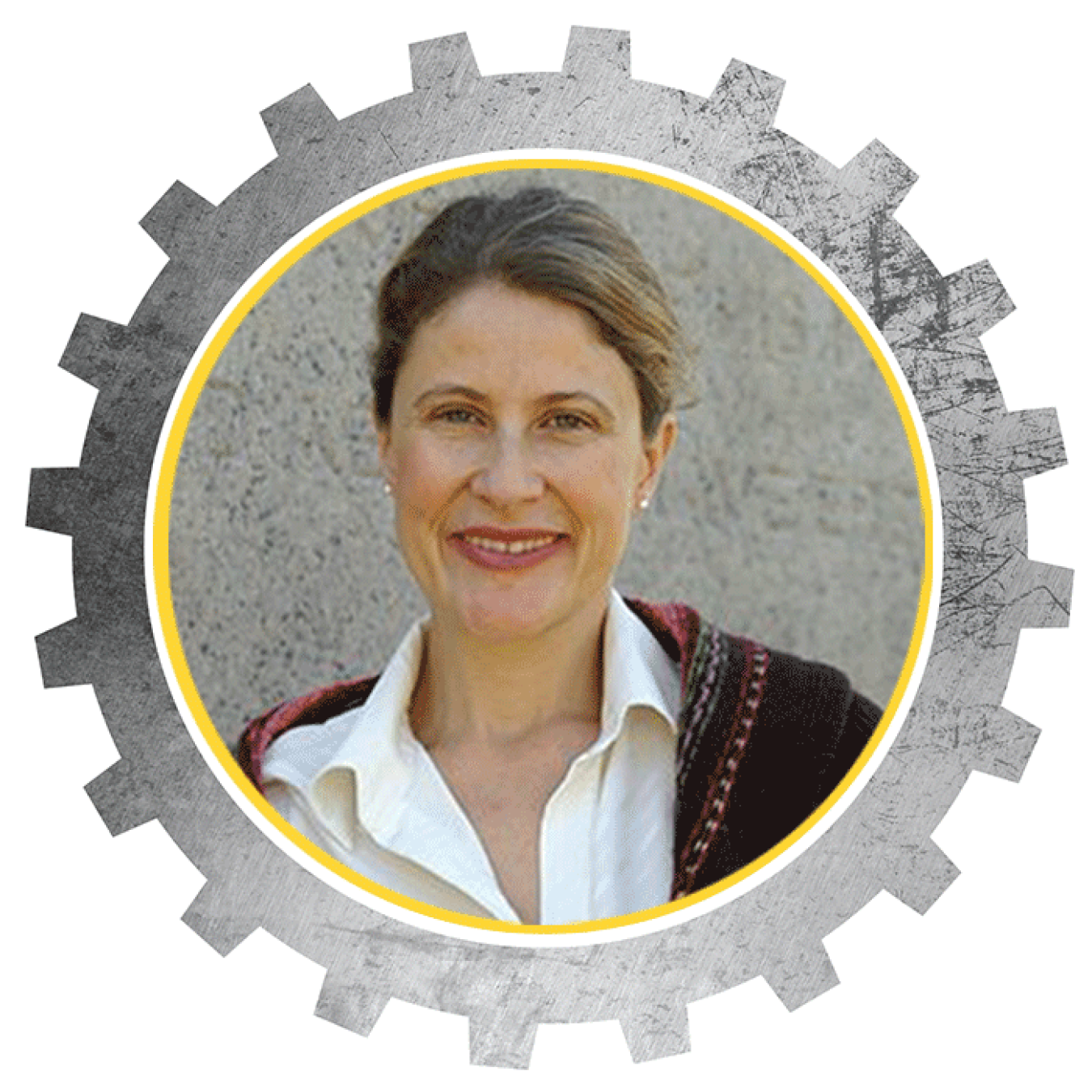
“We’ve got the technology. We’ve got the heat pumps and heat pump water heaters. We know how to insulate and air seal. Winning Buildings UP teams will be innovating to get more of these upgrades completed faster by addressing other challenges around equity, financing, community engagement, workforce, and more.”
Additionally, Buildings UP features an Application Support Prize, awarding $5,000 and 10 hours to help teams that lack the staff, time, or expertise to complete their initial applications. “Eyes can glaze over at the idea of applying for federal funding, so we needed to provide an on-ramp and make this more palatable for folks,” Carr says.
Focusing on people as well as technologies is a more holistic approach to building our clean energy future. Now DOE is using prizes to bridge the divide between the hard sciences and social sciences so diverse, skilled workers are supporting deployment from every angle.
Read the Rest of This Four-Part Series
-
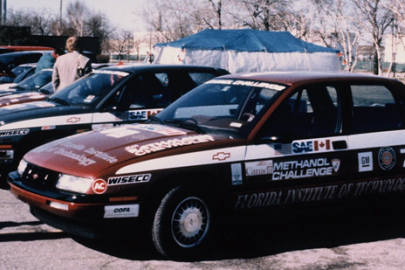 The U.S. Department of Energy had to invent new options for funding start-ups because the effects of climate change were outpacing technology commercialization.
The U.S. Department of Energy had to invent new options for funding start-ups because the effects of climate change were outpacing technology commercialization. -
 Prize competitions at the U.S. Department of Energy are designed to make it easier and quicker for American innovators to develop clean energy technologies, launch businesses, and increase U.S. manufacturing.
Prize competitions at the U.S. Department of Energy are designed to make it easier and quicker for American innovators to develop clean energy technologies, launch businesses, and increase U.S. manufacturing. -
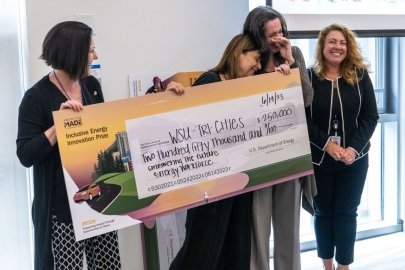 The U.S. Department of Energy launched the first American-Made Challenge in 2018 to attract more diverse American innovators and accelerate commercialization of clean energy technologies.
The U.S. Department of Energy launched the first American-Made Challenge in 2018 to attract more diverse American innovators and accelerate commercialization of clean energy technologies. -
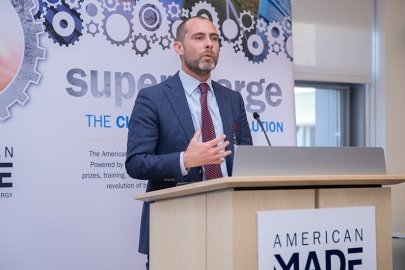 The U.S. Department of Energy leveraged American-Made Challenge Prize competitions to get capital to clean energy organizations that were previously unable to access traditional federal funding resources.
The U.S. Department of Energy leveraged American-Made Challenge Prize competitions to get capital to clean energy organizations that were previously unable to access traditional federal funding resources.

